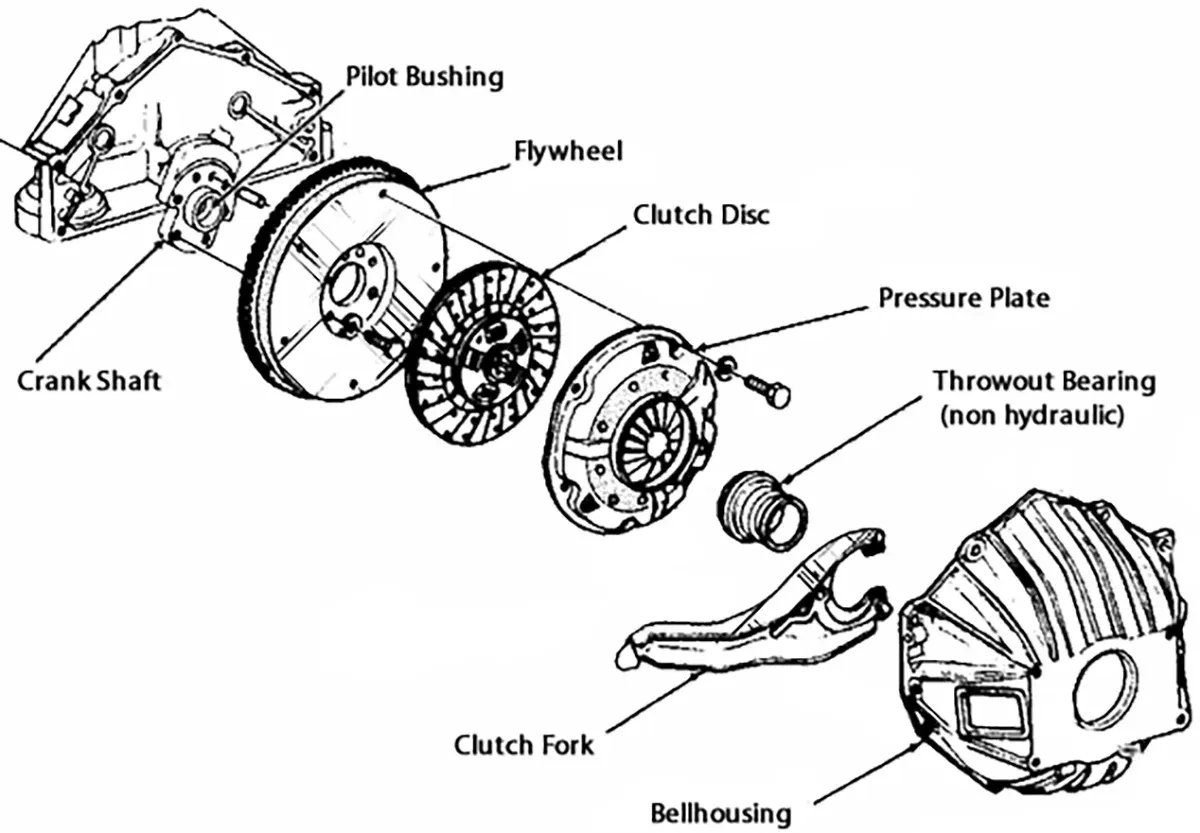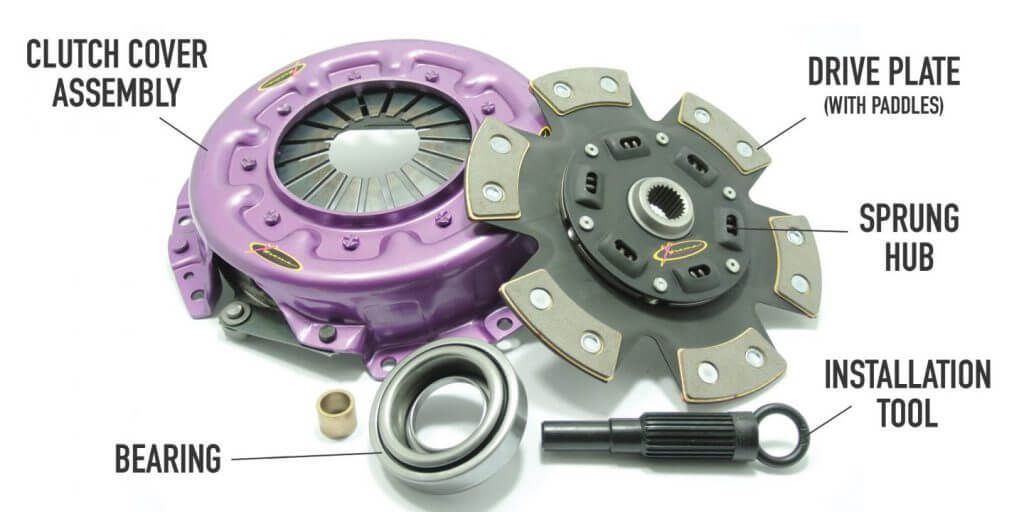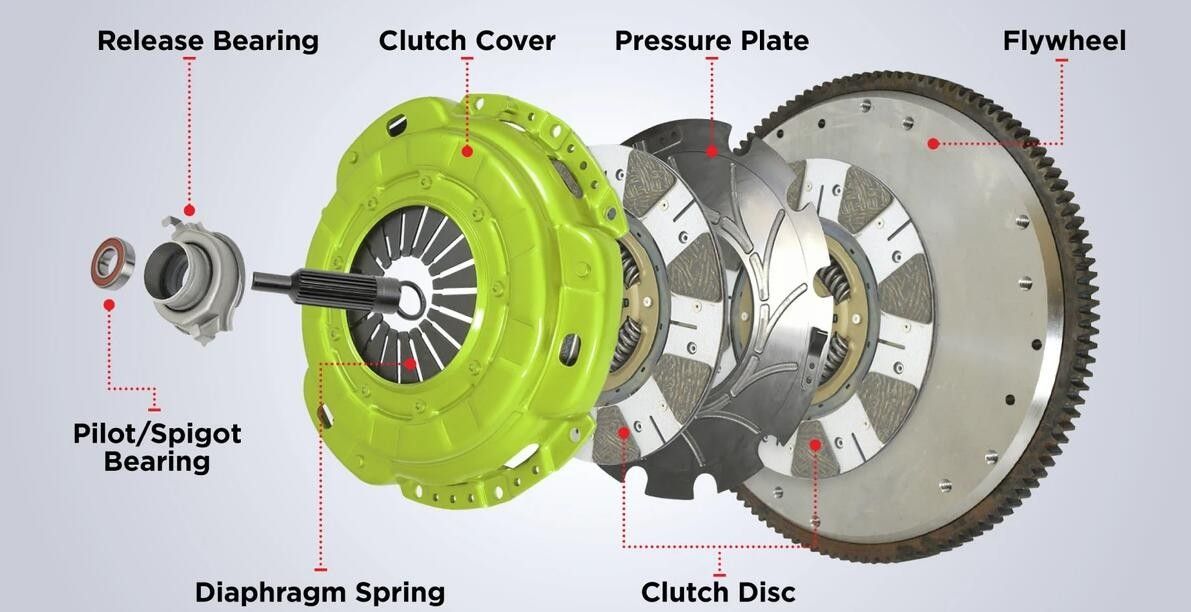Monday to Friday- 7:45am – 5:00pm | Saturdays- 7:45am – 1pm
Monday to Friday- 7:45am – 5:00pm | Saturdays- 7:45am – 1pm
What is a Clutch Kit? A Complete Guide for Drivers and DIY Enthusiasts

We offer propshaft service & balancing.
We stock service exchange units.

Collection and delivery nationwide.
Full drive train assessment.
If you’ve ever had trouble shifting gears or noticed strange noises coming from your gearbox, your vehicle might be due for a clutch replacement. In most cases, replacing just the clutch plate isn’t enough—you need a clutch kit. But what exactly is a clutch kit, and why is it the best option when your clutch starts to fail?
In this detailed guide, we’ll break down everything you need to know about clutch kits—from what they contain, how to identify clutch problems, what replacement involves, and how to choose the right kit for your car or truck.
Understanding the Clutch System
Before we jump into what a clutch kit is, it’s helpful to understand the role of the clutch in your vehicle.
The clutch is a mechanical component in manual transmission vehicles that connects and disconnects the engine from the gearbox. Its main job is to allow smooth gear changes while keeping the engine running. Without it, you wouldn’t be able to shift gears or stop your car without stalling.
When you press the clutch pedal, the clutch disengages the engine from the wheels, allowing you to change gears. Releasing the pedal re-engages the system and transfers power back to the wheels.
Over time, friction and heat cause clutch components to wear out—especially the clutch disc. That’s where the
clutch kit comes into play.
What’s in a Clutch Kit?
A clutch kit is a complete set of components required to replace your vehicle’s clutch system. Most kits include:
- Clutch Disc (Friction Plate): The part that connects the engine to the transmission via friction.
- Pressure Plate: Applies pressure to the clutch disc, enabling it to engage with the flywheel.
- Release Bearing (or Throw-out Bearing): Helps disengage the clutch when the pedal is pressed.
- Pilot Bearing (in some kits): Supports the input shaft of the transmission.
- Alignment Tool: Used to align the clutch disc during installation.
Higher-end or performance kits may also include:
- Flywheel (if dual-mass or heavily worn)
- Hydraulic slave cylinder or master cylinder
- Bolts, gaskets, and grease


Signs You Might Need a Clutch Kit
Like brake pads, the clutch system is a consumable component and eventually needs replacement. Here are some common signs that indicate a failing clutch:
1. Slipping Clutch
The engine revs, but the vehicle doesn’t accelerate as it should. This often means the friction material on the clutch disc is worn down.
2. Hard Gear Shifting
Difficulty changing gears, especially into first or reverse, could indicate a worn clutch or release bearing.
3. Spongy or Sticky Clutch Pedal
If the pedal feels soft or sticks to the floor, there could be issues with the hydraulic system or pressure plate.
4. Burning Smell
A noticeable burning smell, especially during hill starts or heavy traffic, is often due to clutch slippage.
5. Noises When Depressing the Clutch
Grinding, squealing, or rattling noises can point to a faulty release bearing or misaligned pressure plate.

Benefits of Replacing the Entire Clutch Kit (Not Just One Part)
You might be tempted to replace only the worn clutch disc or pressure plate, but that approach often leads to more problems and higher costs later on. Here’s why replacing the entire clutch kit is smarter:
- Complete Matching Set: Ensures all components are designed to work together.
- Saves Labour Costs: You only need to remove the gearbox once.
- Improved Longevity: New bearings and pressure plates extend the life of the clutch.
- Avoids Recalls or Re-do Jobs: Old or incompatible parts can cause failure again quickly.
How Long Does a Clutch Last?
The lifespan of a clutch varies widely depending on driving habits, vehicle type, and load. On average:
- Standard vehicles: 100,000 to 160,000 km
- Heavy-duty or performance cars: 60,000 to 100,000 km
- Aggressive city driving: May wear out even faster
Towing heavy loads, riding the clutch, or frequently driving in stop-start traffic will reduce your clutch’s lifespan.

Choosing the Right Clutch Kit for Your Vehicle
Not all clutch kits are made equal. Here are some tips to help you pick the right one:
1. Match the Kit to Your Make and Model
Make sure the clutch kit is compatible with your vehicle’s year, engine size, and gearbox type.
2. OEM vs Aftermarket
- OEM (Original Equipment Manufacturer) kits are usually more expensive but offer guaranteed compatibility and reliability.
- Aftermarket kits can be just as good if sourced from reputable brands.
3. Consider Your Driving Needs
- Daily driving: Standard kits are fine.
- Towing/Heavy loads: Look for a heavy-duty clutch kit.
- Performance cars: Opt for a performance or racing clutch kit.
4. Check Warranty and Reviews
Choose kits that offer a warranty and have strong reviews for durability and quality.
Replacing your clutch kit might seem daunting, but it’s a crucial step in keeping your vehicle running smoothly. Ignoring early signs of clutch wear can lead to bigger, costlier problems down the road. Investing in a quality clutch kit and professional installation ensures your gearbox performs efficiently for years to come.
If you’re experiencing clutch issues or simply want to upgrade to a more reliable system, contact a trusted specialist like Mayfair Gearbox for expert advice and dependable service.

Rozante Stevens
Service Manager and Head of the Customer Experience
-
- Exchange remanufactured gearbox - 1 year Warranty
- Low cost repair - Limited warranty
- Used gearboxes - One Month warranty
-
Mayfair Gearbox stands out as a trusted name in clutch repair services, ensuring a comprehensive diagnosis and effective solutions for your vehicle. Don't let clutch issues disrupt your driving experience – contact Mayfair Gearbox for expert clutch repairs "near me" and get back on the road with confidence.
FOR TRADE ENQUIRIES PLEASE CONTACT:
Francois Olivier:
074 719 2896 •
E Mail:
francois@mfgb.co.za
Why are we the best in the industry?
1 DAY
OVER 4000
24 HOUR
19 BRANCHES
